
Teach Your Way: Open Source Ag Health and Safety Curriculum
Five training modules for youth ages 16 to 23.

Winnipeg, MB Canada R3T 1T4

Five training modules for youth ages 16 to 23.
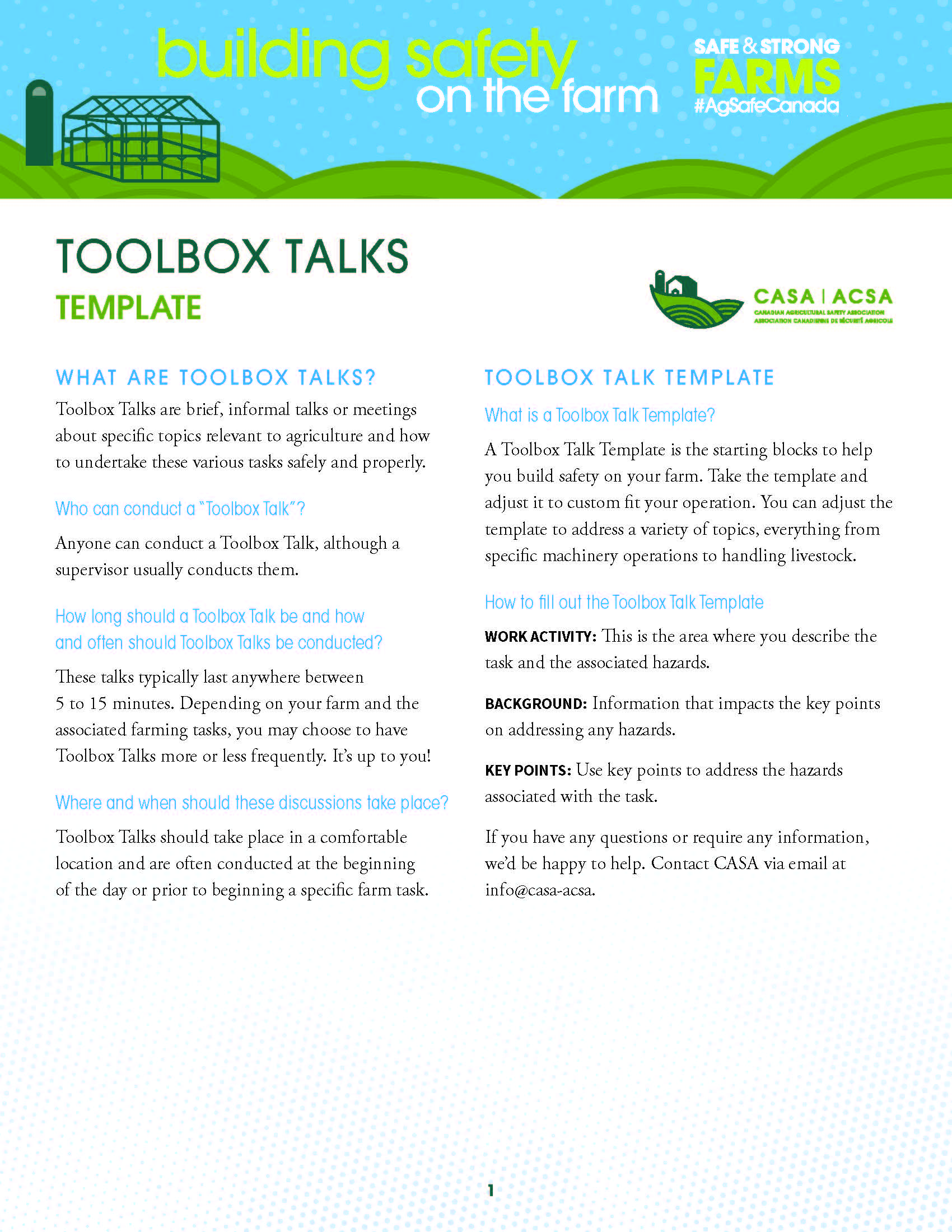
Toolbox Talks are brief, informal talks or meetings about specific topics relevant to agriculture and how to undertake these various tasks safely and properly.

Keep an eye out for potential slip and trip hazards. Identify, communicate the hazard to others, and control of the hazard can prevent injury and maintain productivity.

Gloves provide important protection. It’s essential to choose the correct gloves for the task. There are many types to choose from and using the correct type will help prevent injury.

Safety footwear selection is as easy as 1, 2, 3.

Incorporating GHS into WHMIS has led to some important changes in Canada.

This is a confidential document and is intended to be completed privately and shared with your health care provider ONLY.

AgriSafe offers Invest in Your Health Trainer Exchanges where educators can be trained and certified on five agricultural health and safety modules.

Our patent pending fall protection system is a cutting edge product designed to protect farm workers personal health & safety from a fall while climbing or accessing a bin for repairs or inspections.

Zoonotic Disease Risk for Livestock Production Workers

Your Personal Farm Safety Audit: Module 1 – Tractor Safety

Women in Agriculture: Understanding Stress
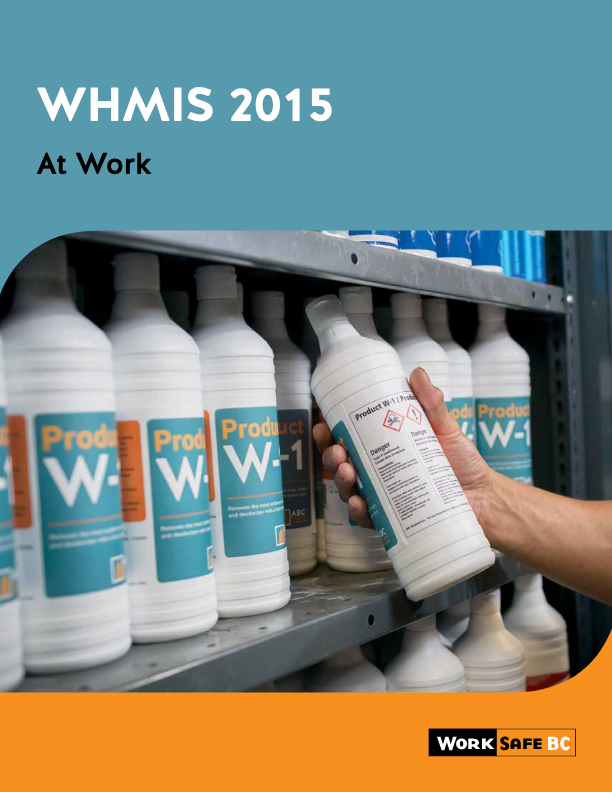

What You Can’t See Could Hurt You

What Workers Can Do to Keep Themselves Safe and Healthy

What is Up With this BS (Being Safe) Culture

What Do Canadian Farmers Think About Farm Safety


Understanding the Risks of Musculoskeletal Injury (MSI): An Educational Guide for Workers on Sprains, Strains, and Other MSIs

Toxicology Fact Sheets available for Sheet #6


The Benefits of a Partnership Approach in Achieving Improvements in Farm Safety

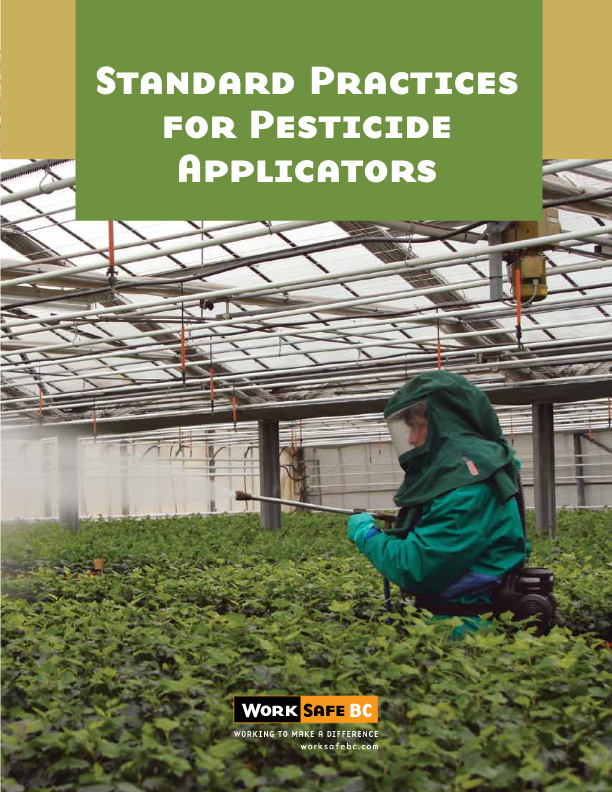
Standard Practices for Pesticide Applicators
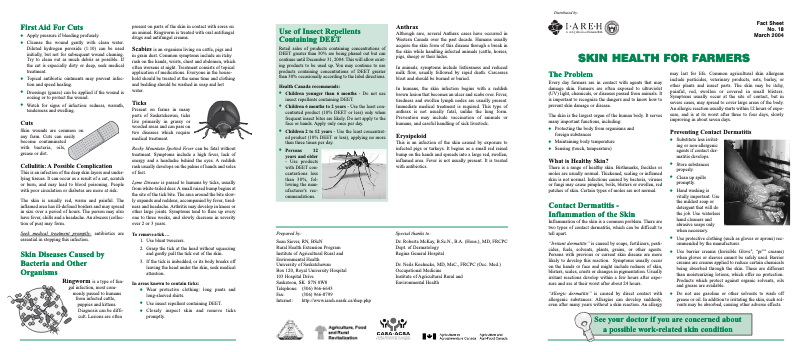




Saskatchewan Farm Injury Cohort Study

Safety on the Job is Everyone’s Business



Safe Implement Hitching: A Guide for Safe Connection of Agricultural Tractors to Implements



Respiratory Protection for Producers

Respiratory Hazards: Molds and Fungi

Respiratory Equipment Fact Sheet

Rabies: Need to Know Information for Agricultural Producers

Public Health Perspective of Farm Injuries: Young Workers and Migrant Workers

Prince Edward Island Farm Safety Code of Practice

Palm Trees, Professors, & Chain Saws: Helping Farmers Listen to a Safer Future


National Stress and Mental Survey of Canadian Farmers

National Occupational Analysis- Agricultural Occupational Health and Safety Specialist

Minimizing Potential Human Health Risks in Hog Farming

Mechanism of Agricultural Injuries

Making Scenario Training Work -Case Studies in the Field
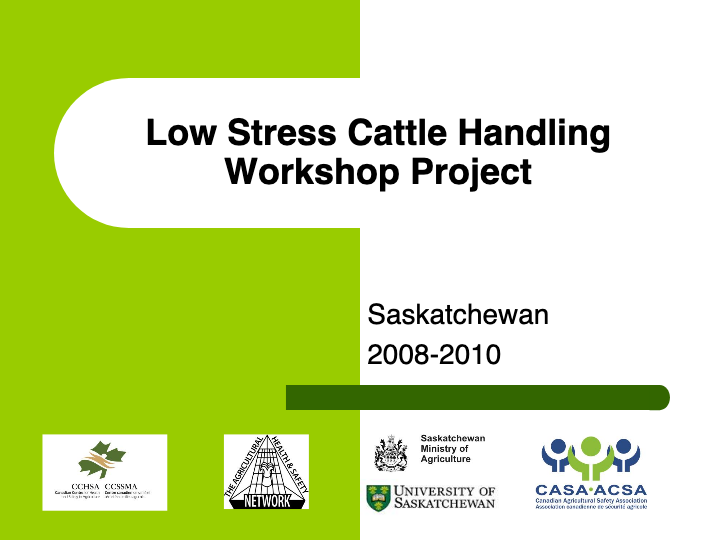
Low Stress Cattle Handling Workshop Project


Loss Prevention Program Strategy: A Detailed Explanation of the Loss Prevention Program

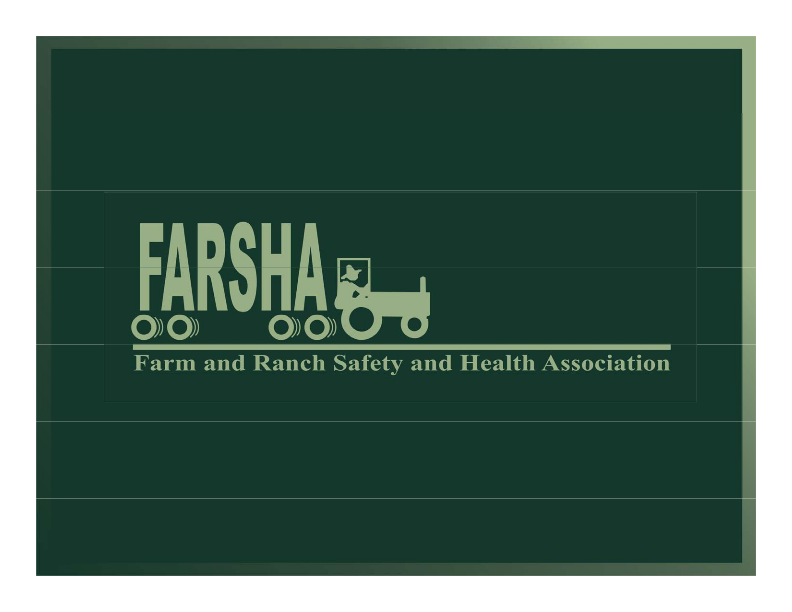
Keeping Farmers Safe Across Canada

Incorporating Farm Safety in the School of Agriculture’s Programs

Hydrogen Sulfide Emissions and Safety

Human Resources: Part of a Good Business

How to Launder Clothing Used While Spraying Agricultural Chemicals

Health and Safety in Agriculture: Drivers for Change

Health and Safety in Agriculture in Ireland- Challenges and Successes Experienced and Forseen (B)

Health and Safety in Agriculture in Ireland- Challenges and Successes Experienced and Forseen (A)

Health and Safety for Seasonal Agricultural Workers in BC

Hand Signals on the Farm: The ‘Universal Language”; Learn Them – Use Them

Hand Signals on the Farm: Learn Them – Use Them


Good Mask Fit Essential in Swine Production

General Policy Statement for Your Farm


From Nanoparticles to Natural Gas: Keeping Barns Efficient and Healthy Places to Work

Foreign Worker Farm Safety Training Video

First Responder Training for Agricultural Emergencies

Farm Talk Series: Medical Professionals


Farm Talk Series: Community Members

Farm Talk Series: Agricultural Retailers


Farm Safety System- Moving from Informal to Formal


Farm Safety and the Atlantic Dairy Farmers Emergency Management Plan

Evaluation of a Hip Belt Safety Intervention in Nova Scotia orchards




DRESS FOR SUCCESS! Some Things to Know About Personal Protective Equipment BEFORE You Handle a Pesticide

Does Health Have a Price in Agriculture?
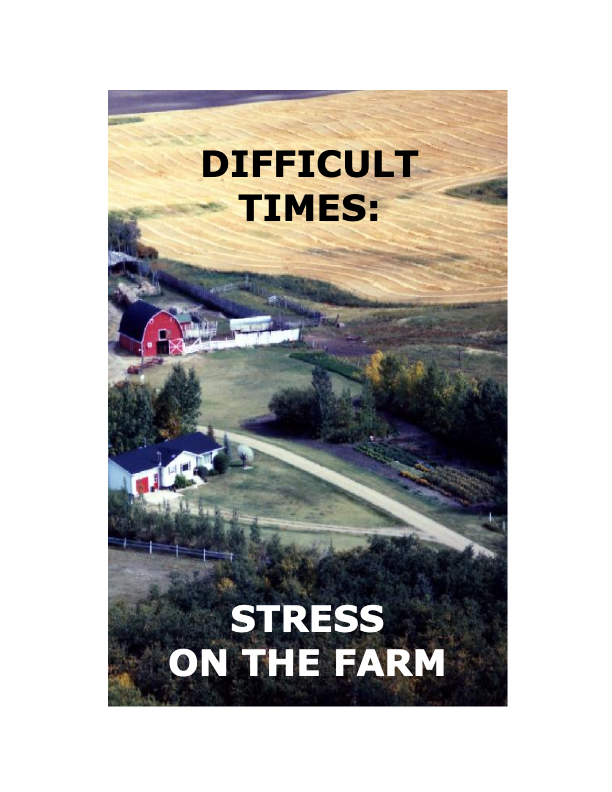
Difficult Times: Stress on the Farm

Conducting a Job Safety Analysis

Communication a Tool for Better Safety, Compliance and Understanding of Migrant Workers

Canadian Agricultural Fatalities 1990-2012

Canadian Agricultural Fatalities 1990-2008: Who, Where, When and so What?

Canada FarmSafe Emergency Preparedness Plan


Beyond 2004: Setting the Stage for the New Canadian Agricultural Safety Strategy

Be the Difference! – Eliminate the Hazard!


All Terrain Vehicle (ATV) Safety for Agricultural Workers
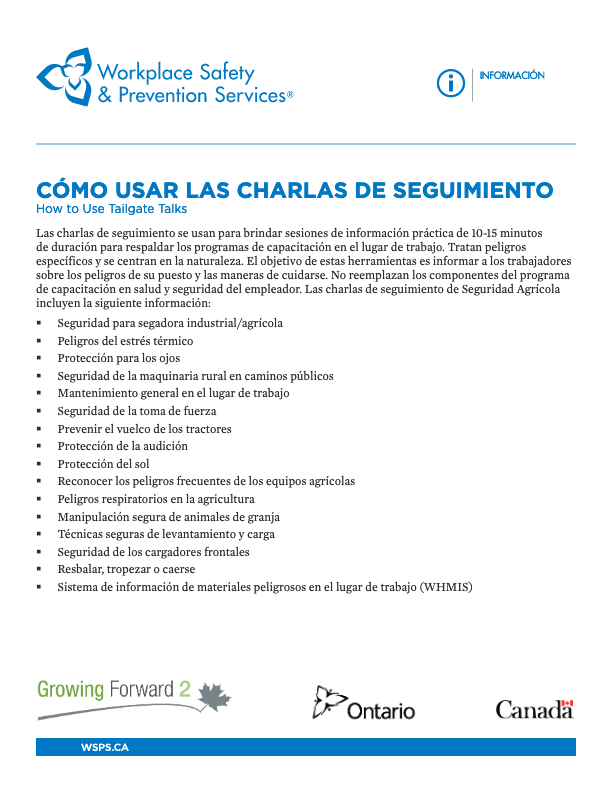
Agricultural Safety Tailgate Talks Spanish

Agricultural Safety Tailgate Talks English

Agricultural Health and Safety Week and Incentives in Prevention

Agricultural Fatalities and Hospitalizations in Ontario 1990-2008

A Health and Safety Guide for Handling Farm Animals and Poultry

A Hantavirus Exposure Control Program for Employers and Workers




Trends in Agricultural Injury Occurrence in Canada

National Occupational Standard for Agricultural Occupational Health and Safety Specialists

Farm Safety Program September 2010 – August 2013 Keystone Agricultural Producers Final Report

The Health of Workers in the Swine Industry: Research, Education and Surveillance


Hazard Points and Guarding on Farm Equipment


Understanding Material Safety Data Sheets (MSDS)







Hazards and Eye Protection on the Farm
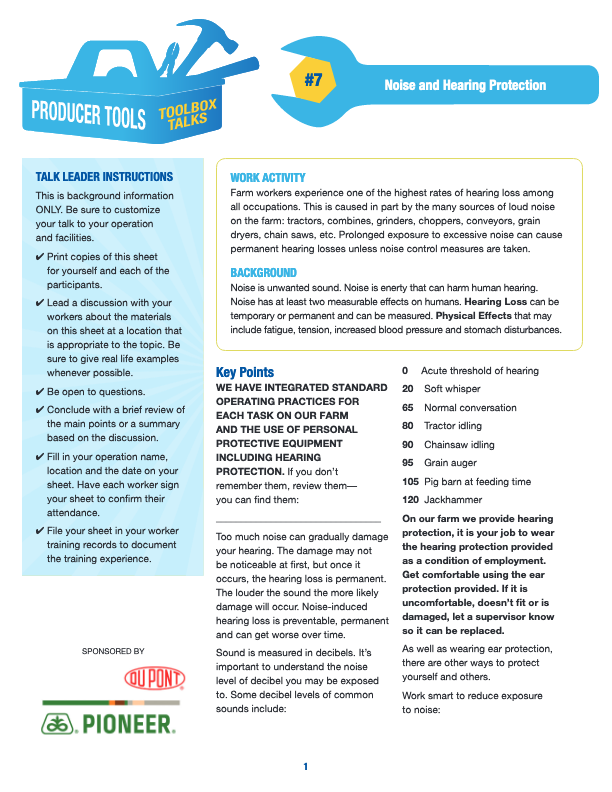





Biosecurity Protocols and Their Relationship to Worker Health
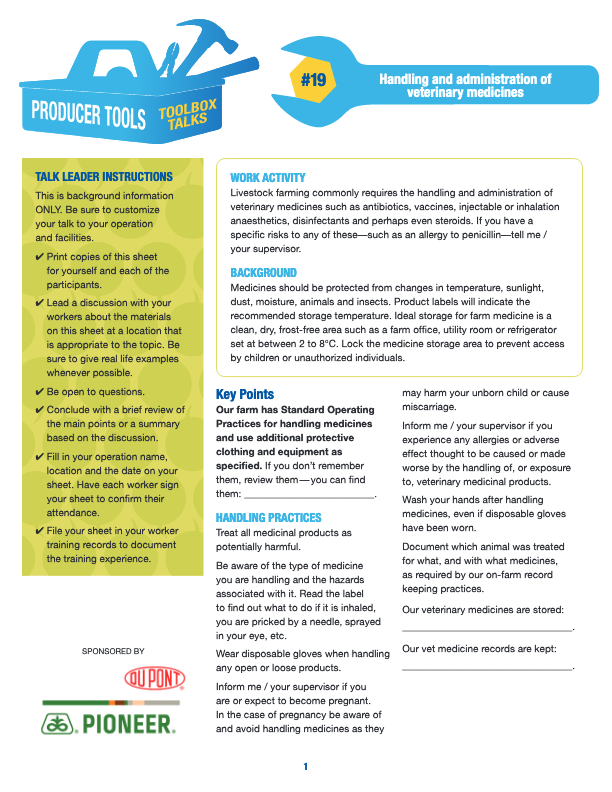
Handling and administration of veterinary medicines



Repetitive Strain Injuries (RSI)

Communicating health and safety concerns to management







Farm Safety Photo Tips for Media


The Canadian Agricultural Safety Association (CASA) co-ordinates, develops and leads national initiatives to help farmers, their families and workers recognize and manage safety risks. CASA is funded in part by the Government of Canada under the Sustainable Canadian Agricultural Partnership, a federal, provincial and territorial initiative and receives additional support from the agricultural and corporate sectors.
